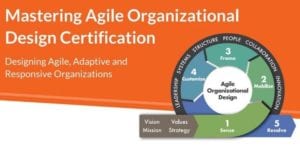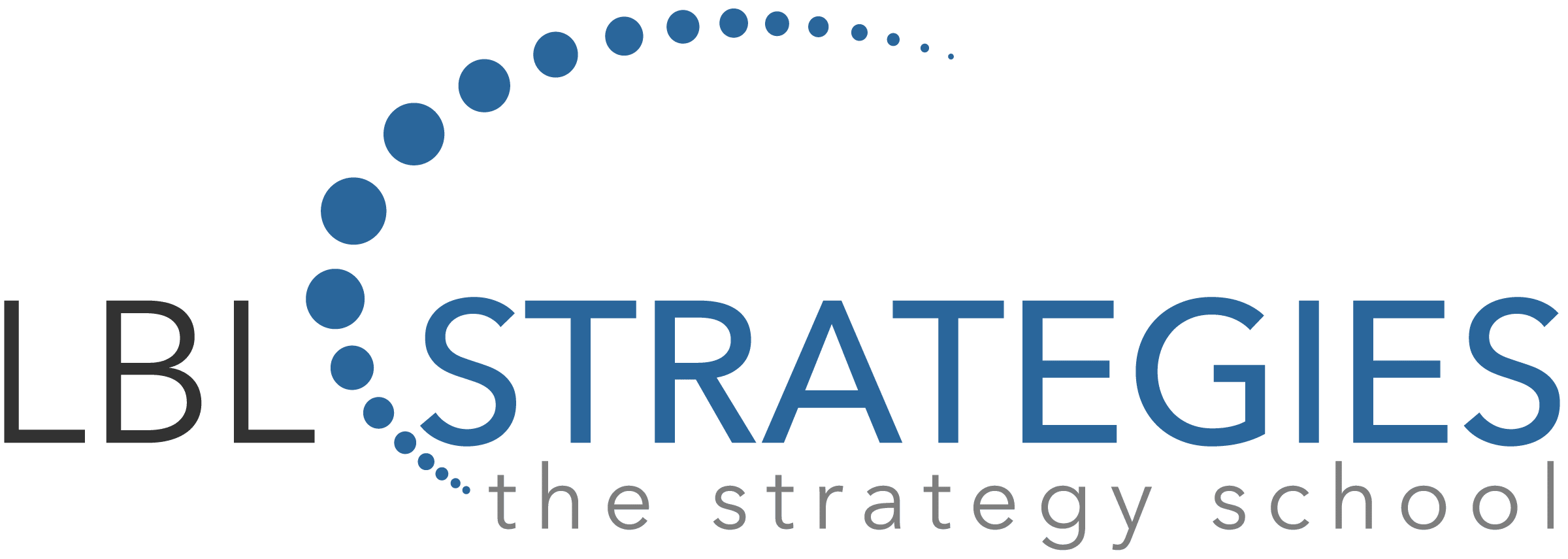In my last blog I introduced the “Use-of-Self,” a set of agile consulting skills that enliven all 5 Phases of Agile Organization Design. In bringing all of their faculties to the table, the intervenor, in service of broadening their customer’s perspective of reality, beyond just the rational mind, can in real time model making the invisible human and cultural dynamics, visible.
In this blog I introduce the “Community Survey” in a case study as a high engagement method that leverages the invisible “informal” networks (e.g., trust, advice, communication, action) that exist in all organizations. The caveat is that you must first probe for two mindsets that the agile community calls “anti-patterns” (i.e. they thwart Agile): 1. “leaders know what is best” 2. “experts have the best solutions.” If they are present, you are ill advised to use this approach. If not present or if they can be successfully engaged, a “Community Survey” can be used to unleash some of the 70% of latent human potential in organizations. For decades the Gallup Poll has pegged US employee engagement at roughly 30%. And this is the other story.
Case Study – Can a “Community Survey” be effective in Government?
The leader of a state level technology organization asked for help to transform a bureaucratic agency to Agile. His senior executives were aligned on the need for Agile, however, they were unclear about how to move forward. Their Project Management Office (PMO) estimated it would take a year and a sizable group of project managers. After a set of preliminary conversations, I sensed this was a key tension but and needed to hear that from each other. I requested a 20-minute stand-up meeting with only one topic, to both provide and listen to each other’s top concerns about the effort. And I qualified for this meeting, “no solutions, not yet”. The themes that emerged were a need for bold and fast action, no new resources, a year was too long, stretched project managers couldn’t be pulled off vital operations, executives’ level of involvement level was already unsustainable. We needed to think outside the box. We would meet the following week. The assignment was to work in pairs and bring at least one case study as a solution to what they heard. When we met, we went through a quick process to select decision criteria. Each pair then had 5 minutes to offer their solution. We used a nominal group technique to select up to 3 out of 7 offered that differed the most. That gave us a range of options. The three top approaches were Agile Project Management, the Axlerod’s “Conference Model of Change,” and my “Community Survey” method. After a little reality testing on whether they could trust employees to lead the design, they chose the “Community Survey.” At 90 days, it garnered the highest marks on the “speed to stand-up” criteria.
What Happened?
The executive team vetted the 22 question “Community Survey” that went to all 600 employees to accomplish two things: provide a brief yet comprehensive diagnosis of the current Strategy, Leadership, Work, People, Structure, Systems and Culture; and secondly, to nominate members for a Design Team using the following criteria: Someone they trust; Someone who gets things done; and Someone who already does innovative work.
The leadership was intrigued by the subtle nuances. By asking employees to diagnose the organizational components, employees would begin thinking systemically rather than in their silos. They liked the message they were sending by using criteria of trust, action, and innovation. They saw that they were creating an intentional new network with the design team as the node between the formal and informal organizational structures and stakeholders.
They were astounded by the employee response rate at over 90% and with all the favorable buzz generated across the agency. They now had immediate data for the deliverables of the Mobilize phase, and a prioritized list of nominees who they invited from the 22 business lines.
Team members committed to 4 hours each week. They quickly jelled. There was no formal training. Agile skills were integrated into their deliverables on a just-in-time basis. They rapidly gained the respect and trust of the executives, managers, employees, and customers. They intentionally used the formal and informal network to share stories (understanding that “stories” are key in shifting of culture) as well as responding honestly to the rumor mill. They completed all the 5 Phases in just under 3 months.
What are the Lessons?
Trusting employees and intentionally engaging the invisible networks, creating new networks, and collaborating with the formal structures, resulted in accelerating delivery of an Agile operating model. Change management was not necessary because it was built into ongoing formal (management) and informal (design team) staff engagement.
Having a structured design methodology is essential, however, balancing it with an equally rigorous focus on human dynamics is what can accelerate change.
Experts and leaders are necessary, however, going back as far as Aristotle, there has also been a long acknowledgement of the wisdom of crowds.
About the Author
Bill Zybach is a member of the instruction team for the “Mastering Agile Organizational Design Certification” Program. He has a long history of supporting organizational change in local, state and the federal government. During the Bill Clinton administration, he worked on “reinventing government”, which led to a balanced federal budget and increased public confidence in government.
About the Program

Developed in collaboration with the George Washington University’s Center for Excellence in Public Leadership located in the College of Professional Studies, the “Mastering Agile Organizational Design Certification” gives professionals the tools to push their organizations to be more agile, adaptive and responsive.
Over six (6) half-day sessions of live-online interactive instruction including breakout groups and application exercises, program participants learn how to anticipate and overcome changing landscapes and unforeseen obstacles by leveraging innovation, collaboration, and systems integration with continuous feedback loops.
CLICK HERE to Learn More about the Mastering Organizational Design certification program
